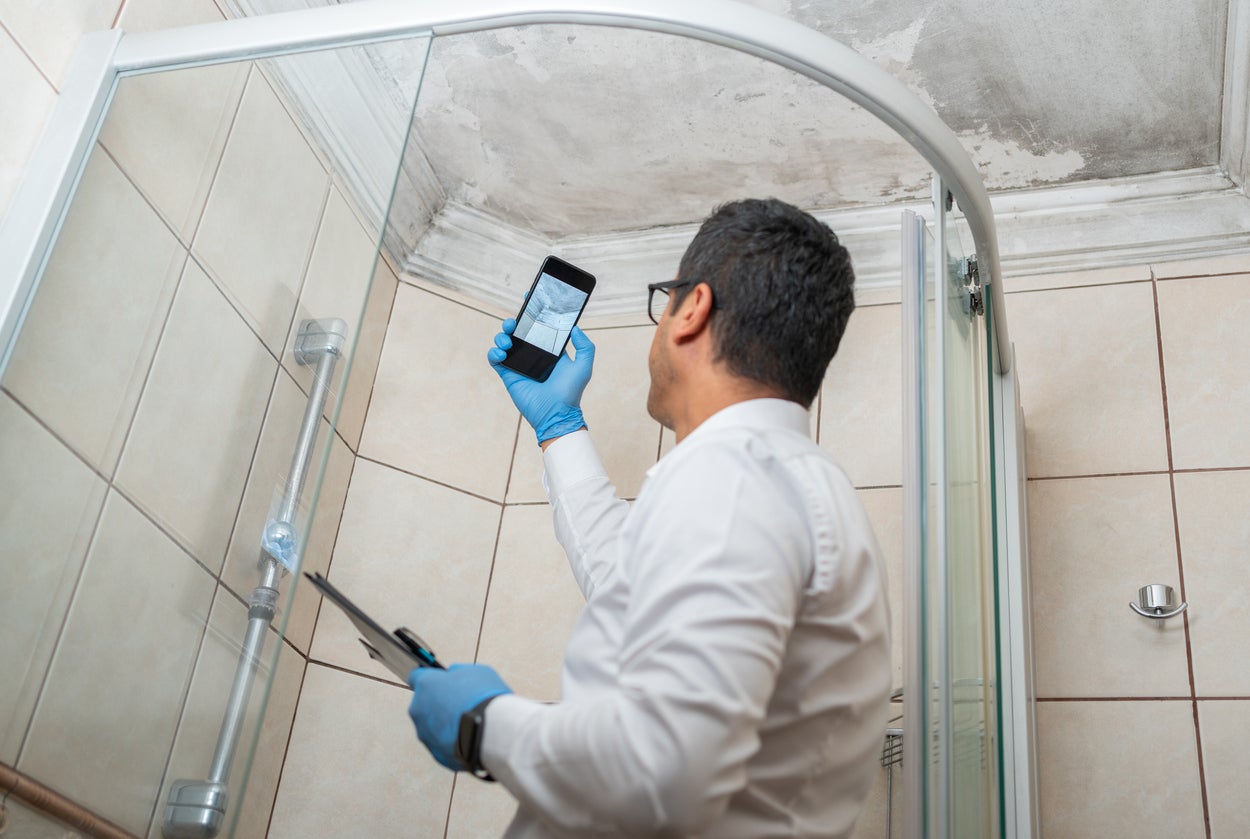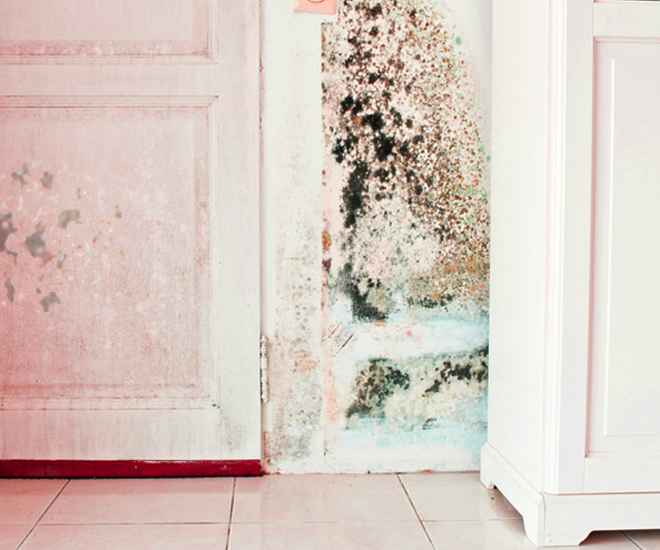Key Steps for Effective Article Mold Remediation
Dealing with mold and mildew issues in a prompt and effective fashion is crucial for keeping a healthy indoor setting. Successfully completing mold and mildew remediation is a diverse process that requires interest to detail and adherence to details protocols. From inspecting dealt with locations to applying wetness control actions, each action plays an important function in ensuring the efficiency of the removal process. However, there are crucial post-remediation actions that are similarly essential however frequently ignored. These steps not just verify the success of the removal initiatives but likewise add to preventing future mold development.
Inspection of Treated Areas
Upon conclusion of the mold and mildew remediation procedure, a comprehensive examination of the treated locations is critical to make sure the effectiveness of the remediation efforts. This assessment offers as an essential action in the post-remediation phase to verify that the mold and mildew removal and cleanup treatments achieved success in eliminating the mold problem and recovering a risk-free indoor atmosphere. The evaluation must be carried out by certified professionals that have the expertise to analyze the remediated areas diligently.
Throughout the evaluation, different factors are assessed to establish the success of the remediation process. These include aesthetic assessments to inspect for any type of indications of mold growth or water damages, dampness levels to confirm that the area is cost-free and dry of excess moisture that might promote mold re-growth, and air top quality testing to ensure that the indoor air is safe to take a breath. Additionally, the assessment may include utilizing specialized devices such as wetness meters and thermal imaging electronic cameras to discover surprise mold or dampness pockets that can bring about future mold and mildew issues if left unattended. Generally, an extensive evaluation of the treated areas is crucial to verify the efficiency of the mold and mildew remediation efforts and provide comfort to the occupants of the residential property.

Wetness Control Steps
Efficient wetness control steps are necessary for avoiding mold development and keeping a healthy indoor setting. To accomplish this, it is crucial to resolve sources of moisture within the building. Proper ventilation is essential to regulating moisture degrees. Setting up exhaust followers in kitchens and shower rooms can assist eliminate excess moisture. Additionally, making use of dehumidifiers in moist locations can assist lower humidity levels, making it harder for mold and mildew to thrive.
On a regular basis preserving the building and checking's exterior can additionally protect against wetness intrusion. Post Mold Remediation Report. Making certain that rain gutters are clear, downspouts straight water far from the structure, and the roof is in excellent problem can help prevent water from permeating right into the building. Properly securing doors and windows can also help maintain dampness out
Any leakages or spills must be cleaned up and dried out within 24-48 hours to protect against mold growth. By implementing these dampness control actions, the danger of mold and mildew reoccurring can be substantially reduced, creating a healthier interior setting.
Appropriate Air Flow Assessment
An important aspect of guaranteeing a healthy indoor atmosphere message mold remediation is conducting a detailed analysis of the air flow system. Correct air flow assessment plays a crucial duty in preventing future mold growth and keeping air top quality within the affected space.
Moreover, evaluating the ventilation system consists of checking out the circulation of air throughout the area to identify any type of locations of poor flow where wetness and contaminants can accumulate. Correct ventilation not just aids in managing moisture degrees however also aids in getting rid of air-borne mold spores and other pollutants, consequently boosting overall interior air high quality. By dealing with any type of air flow problems upload mold removal, building proprietors can create a healthier and more comfortable atmosphere for residents while decreasing the threat of mold and mildew re-infestation.
Cleaning and Disinfection Protocols
To ensure extensive mold and mildew remediation, meticulous adherence to particular cleaning and sanitation methods is imperative. Cleaning up and disinfection methods play an important role in the post-mold remediation stage to stop the recurrence of mold and mildew development and guarantee a healthy and balanced and secure atmosphere.
Furthermore, executing precautionary actions such as using mold preventions and maintaining appropriate air flow can help lessen the risk of future mold problems. By adhering to rigorous cleaning and disinfection protocols, residential property owners can guarantee the effective removal of mold and create a healthy interior setting for occupants.
Tracking and Upkeep Strategy
Carrying out a routine tracking and maintenance plan is essential for making sure the lasting performance of mold and mildew remediation initiatives. Once mold and mildew removal is finished, it is vital to develop a monitoring routine to evaluate the success of the remediation process.
Furthermore, developing a maintenance strategy is crucial to avoiding future mold problems. Normal maintenance not just assists in stopping mold and mildew but also adds to keeping a healthy interior setting - Post Mold Remediation.
Conclusion
To conclude, effective blog post mold remediation includes extensive evaluation of dealt with areas, execution of dampness control measures, analysis of correct ventilation, adherence to cleaning and sanitation procedures, and establishment of a surveillance and upkeep plan. These key actions are vital to make sure that mold growth is properly eliminated and prevented from repeating in the future. By following these standards, property owners can keep a secure and healthy and balanced atmosphere for passengers.
Upon conclusion of the Post Mold remediation cleaning mold and mildew removal procedure, a thorough evaluation of the treated areas is imperative to make certain the performance of the removal initiatives. These consist of aesthetic assessments to examine for any signs of mold development or water damages, moisture degrees to validate that the area is dry and totally free of excess moisture that can promote mold re-growth, and air top quality screening to make certain that the indoor air is secure to breathe. Furthermore, the inspection might involve making use of specialized devices such as wetness meters and thermal imaging video cameras to discover hidden mold or moisture pockets that can lead to future mold and mildew troubles if left uncontrolled. By dealing with any type of air flow problems upload mold removal, home owners can create a healthier and extra comfortable setting for residents while lowering the danger of mold re-infestation.
